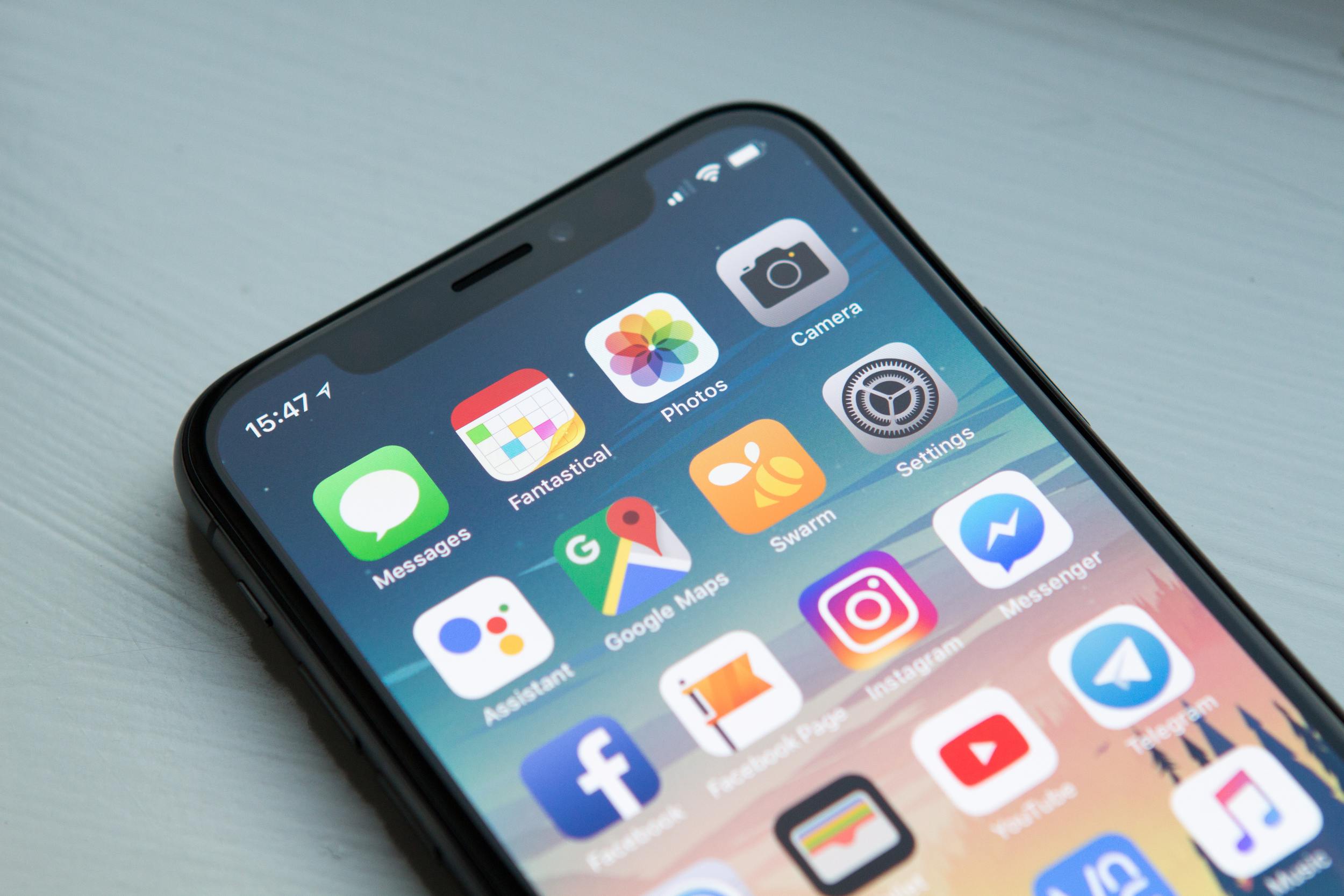It’s Not a Bird Nor a Plane: Expect More Drones in the Skies
Experimental Delivery Projects
- In New Zealand, Domino’s Pizza Enterprises Limited has partnered with Flirtey to launch the first commercial drone delivery service in the world. The pizza delivery service hopes to begin the first store-to-door deliveries to customer homes later this year. A recent successful demonstration test of the service means the final approval to proceed is likely to be granted soon.
- At Virginia Tech’s campus for a few weeks in September and October, Google’s parent company, Alphabet Inc., will use self-guided hybrids to deliver burritos from a Chipotle Mexican Grill taco truck. The drones, which can fly like an airplane or hover like a helicopter, will navigate to the destination and lower the package at the designated drop-site. Though the flight is automated, human pilots will be standing by in case of mid-flight emergency. This will be the most extensive test in the United States of drone delivery technologies.
These and other pilot projects test several drone-related delivery considerations. Technologies themselves are being tested, assessing the drones’ abilities to accurately navigate, for example, and gauging the machines’ ability to safely transport its packages. The tests also are evaluating humans’ comfort levels with receiving deliveries via drones, as well as helping to figure out how to develop an air traffic system that can keep order in a sky crowded with unmanned vehicles.
Operational Rules for Commercial Drone Flight
While the FAA continues to explore ways to integrate drones, or small unmanned aircraft systems in official terminology, into American air spaces, the agency has issued much-anticipated operational rules to expand commercial use and simultaneously protect public safety. The UAS Rule, known also as Part 107, went into effect August 29, 2016 and details requirements drone operators must follow if flying for business purposes.
Pilot Requirements:
- At least 16 years old
- Must pass an in-person initial aeronautical knowledge test
- Must be vetted by the Transportation Safety Administration
Aircraft Requirements:
- Weigh less than 55 pounds
- Must be registered with the FAA
Operating Rules:
Commercial drones must:
- Stay in visual line of sight of the remote operator
- Fly under 400 feet
- Fly no more than 100 miles per hour
- Fly during daylight hours only
- Yield right of way to manned aircraft
These drones must not:
- Fly over people
- Fly from a moving vehicle
- Carry packages or other goods across U.S. air space
Sources:
Drone and Moon by Don McCullough is licensed under Attribution License
Share this
Subscribe To Our Blog
You May Also Like
These Related Stories

Three Examples of Great Progressive Web App

Build Native Apps or Hybrid Apps: Why Native Apps Create More Value





